How to help kids with dyslexia and dysgraphia


Dyslexia and dysgraphia are common learning challenges faced by children. Finding ways to encourage a child who struggles with these to love creative writing, as well as supporting them as they build their skills can be difficult. Therefore, the key question is how can you assist your child with dysgraphia or dyslexia in their writing so they can feel confident and thrive academically?
There are numerous options for helping kids with dyslexia and dysgraphia, such as personalized tutoring, physical materials, and online learning programs, but before we delve into those...
What is dyslexia?
Dyslexia is a condition which causes impaired reading and difficulty processing written language. Dyslexia is directly linked to how the brain processes information.
According to the International Dyslexia Association, there are many contributing factors, but essentially, a child with dyslexia in primary/elementary school has particular difficulty learning to read, write and spell. Children with dyslexia might struggle to decode words, recognize patterns, or understand complex texts.
Diagnosis, testing & management of dyslexia
Diagnosing dyslexia involves a combination of assessments, including reading tests, phonics evaluations, and cognitive assessments.
Management of dyslexia
Managing dyslexia also requires a comprehensive approach:
- Instructional activities: use phonics-based reading programs that emphasize sounding out words. Multisensory learning techniques can help reinforce new skills.
- Educational interventions: assistive technology, such as text-to-speech software, can be incredibly helpful. It allows children to focus on comprehension rather than decoding.
- Systematic instruction: provide structured and explicit teaching in reading skills. Break down complex texts into manageable parts and encourage regular practice.
What is dysgraphia?
According to the International Dyslexia Association, dysgraphia is a learning disorder that affects writing skills, making it difficult for a child to learn to spell words or write quickly. Often, dysgraphia (a condition which causes impaired handwriting and spelling) can be paired with dyslexia.
Children with dysgraphia might struggle to organize their thoughts on paper, leading to frustration and a dislike for writing tasks.
Diagnosis, testing & management of dysgraphia
Diagnosing dysgraphia typically involves formalized handwriting assessments. These tests evaluate a child's ability to write legibly, spell correctly, and compose coherent sentences. It's important to consider the timing of these assessments. Early intervention is key, so if you notice your child struggling with writing in the early years of school, it might be worth consulting with a professional.
However, it's essential to note that current diagnostic tools have limitations. They might not capture all aspects of dysgraphia, such as the emotional impact or the child's creative potential. Therefore, a comprehensive approach that includes observation and feedback from teachers and parents is crucial.
Management of dysgraphia
Here are some strategies that can help managing dysgraphia:
- Instructional activities: encourage children to practice handwriting using multisensory techniques, such as tracing letters in sand or shaving cream. For spelling, use games like Scrabble or word searches to make learning fun.
- Educational interventions: utilize technology to assist with writing, such as speech-to-text software. This can help reduce the physical strain of writing and make it more enjoyable.
- Systematic instruction: provide systematic and explicit instruction in handwriting and spelling. Break down complex tasks into smaller steps and offer plenty of positive reinforcement.
Tips to help your child with dyslexia or dysgraphia at home
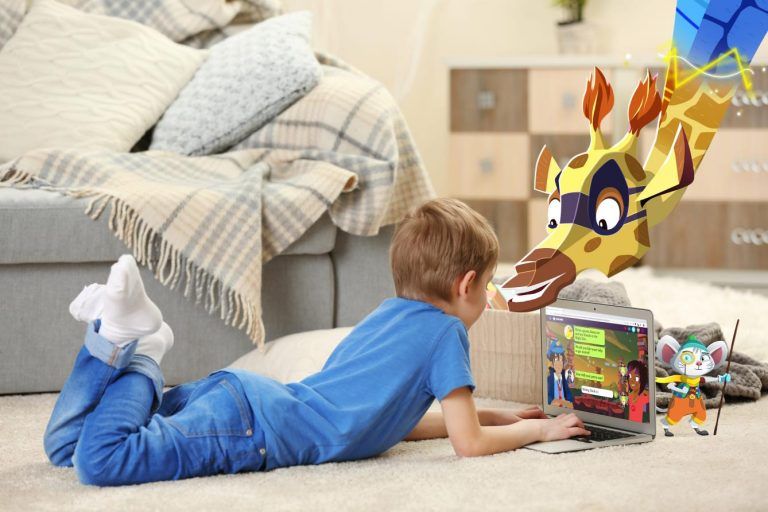
Typing vs handwriting
The act of writing (putting pent to paper) can be difficult for a child who experiences dysgraphia.
Handwriting involves more than putting ideas down on paper. Picking up a pen or pencil, holding it properly, and mastering handwriting skills all require the development of fine motor skills. For this reason, typing can be helpful for a child who struggles with dysgraphia.
Typing can still be hard for a child with dysgraphia in regards to finding letters and correctly spacing words. However, tools such as smart keyboards and software can now correct typos and errors, allowing children to focus on getting their ideas out without frustration.
Creativity first
Writing doesn’t always have to start with pen and paper. The key to good writing can start with mastering storytelling. Channeling your child's inner creativity and imagination can be one of the best places to start to get a child to want to take their ideas and eventually learn to properly write them down.
Try talking through these story ideas with your child!
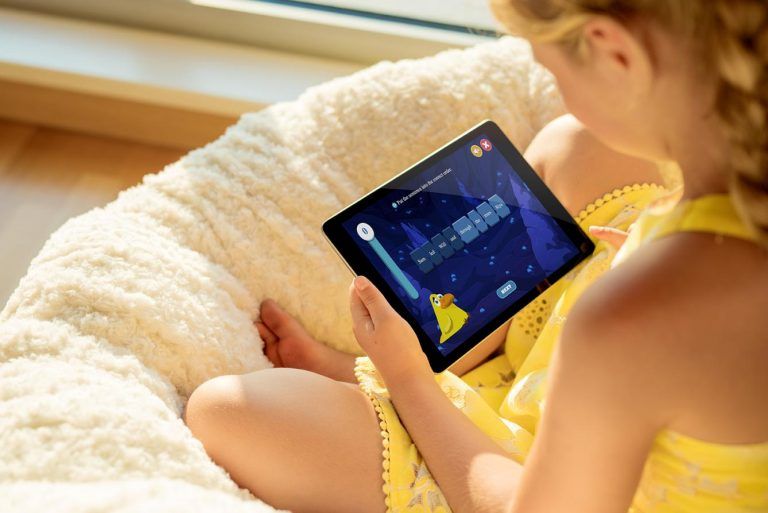
Learning games
In nowadays, educational games present ways for children to learn how to write without actually physically writing. This is because, most of the time, children prefer to play digital games that require them to give their answer by dragging or tapping something on screen.
Games that have children simply “tap” to find an adjective, verb or correctly spelled word can be an easy way to promote learning (and spelling), without the difficulty of writing the words out.
Writing too daunting? Play verbal games!
Sometimes, if a child struggles with writing and reading, the mere thought of writing in any form may cause them to become resistant. Think of ways to get your child to start being creative in order to get them to be more confident in capturing their creativity in writing.
One classic verbal word game is, “I spy (with my little eye!)”. Verbal games are a really good option to kick-start their creativity and imagination. This game is appropriate for a broad age range. All you need for this game is your imagination!
You can also try these fun writing games in written, verbal or digital form!
Encourage drawing
Often, the desire to draw comes earlier than the desire to write. It is no secret that creative writing goes hand-in-hand with drawing.
Many children articulate their thoughts differently, and one way to start telling a story is by drawing it!
Give encouraging feedback, not criticism
While it's important to correct grammar and spelling to help strengthen your child’s writing, we recommend stepping beyond this in order to eventually guide your child back to it.
Take a moment to celebrate their creative ideas rather than the errors - if your child has created a blue striped Liominkey (half lion, half monkey) then by all means, embrace that animal!
Learning is two-fold in the sense that when creativity is fed, engagement will increase and with more work produced, the grammatical improvements will follow.
How Night Zookeeper can help
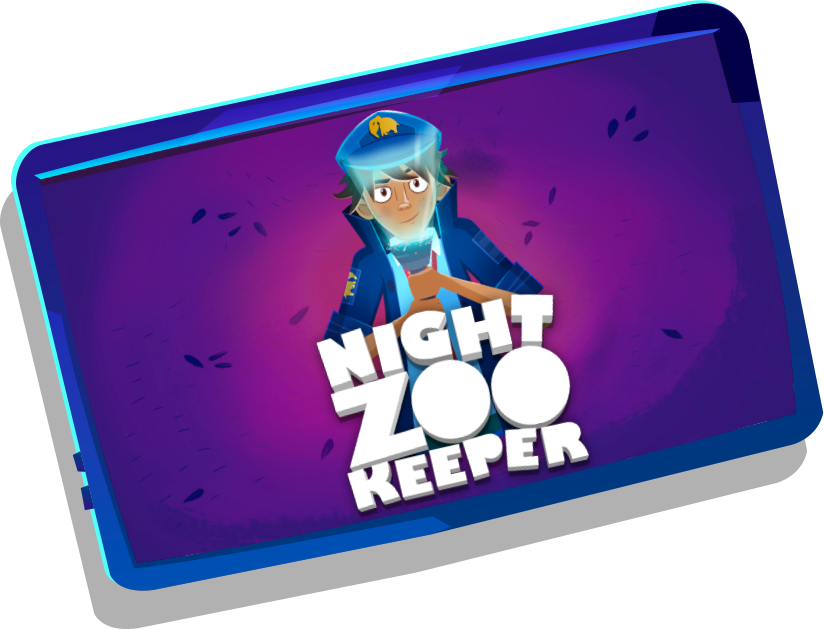
At Night Zookeeper, we strive to offer an inclusive learning program that can be adjusted to children's unique learning situations and current abilities, so that they feel supported and encouraged to progress!
There are many ways to adapt the program to suit your child's current learning needs, including:
Adjustable learning level & activities
Upon registering for an account, you'll have access to your very own parent dashboard. Here, you'll be able to manage your child's Night Zookeeper account, and make adjustments where needed.
To adjust the learning level linked to your child's profile, all you have to do is access their account settings, and scroll down to "difficulty level". With just two clicks, you'll be able to select their current learning level and save your changes - their account will be automatically updated so that they are presented with appropriate content that they will be able to complete. This fosters confidence and boosts their skills!
You will also be able to filter out activities if you're aware that your child struggles with a particular style of learning exercise. For example, you can filter out our lessons to start, and encourage your child to play through the educational games and challenges before moving on to more complex activities as they get used to the program.
You can read more about our program and curriculum in our user guide.
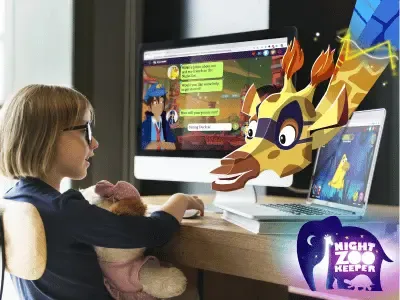
Audio captions
Night Zookeeper is equipped with audio captions that offer extra help with reading. All audio captions are accompanied by on-screen text, prompting children to read along as the audio plays.
Typing vs handwriting
As an online learning program, Night Zookeeper is predominantly typing-based, which children with dyslexia and dysgraphia tend to find a lot easier than handwriting.
As Liz, one of our Night Zookeeper parents whose child has dysgraphia points out,
“Often the act of handwriting is very difficult and painful so the effort that could be going into creative writing is going into the physical act of writing. Night Zookeeper has allowed my son to focus on the creative writing aspect of writing. He has also enjoyed the writing prompts and the creation of his own characters.”
- Liz, parent
Please note – for parents who are looking for extra handwriting practice, children can upload pictures of their handwriting to be reviewed by our tutoring team within our writing tool. In addition to this, you'll also receive monthly printable worksheets as part of your Night Zookeeper subscription, which are sent directly to your email inbox for handwriting practice!
Bite sized learning
Night Zookeeper focuses on teaching writing in manageable, bite size chunks, building on them, rather than offering a blank piece of paper with no prompts where many skills are needed to physically write.
If you want your child to focus on creative writing, it is best to isolate “creativity” first. Night Zookeeper gently introduces creativity by prompting children to think of, and draw, their own magical animal.
From there, we offer a chat functionality where your child can answer questions in order to build up to a larger piece of writing on the animal they've created. Before your child knows it, they’ve started writing a longer report!
As Sheridan, one of our Night Zookeeper parents whose child has dyslexia says,
“Overall, my son is proud of his Night Zookeeper family. He knows his characters and is motivated to develop them through the activities. He needs support to participate in it – therefore it’s something we share, but I can step up his level of direct participation slowly.”
- Sheridan, parent
Personalized tutoring
Once your child is happy with their work, their writing is submitted to our tutoring team for review. The tutors provide positive, personalized feedback to inspire creativity and imagination!
While we will provide grammatical and spelling corrections, the intention is to help your child build confidence, then improve on their writing skills. Children on Night Zookeeper really look forward to receiving tutoring feedback and providing the necessary edits to improve their writing.
Roxanne, a Night Zookeeper parent whose child has dyslexia, dyspraxia and autism says that the feedback has proven to be incredibly helpful. She wrote,
“I love that you guys give feedback. I’m also dyslexic so it helps me that you can give her feedback on her work.”
- Sheridan, parent
In addition to tutor feedback, children are also able to comment on each other's writing! Our tutoring team moderates all comments written by children on the program, cultivating a positive community of children who read each other’s writing and cheer other young learners on!
Please note that your child’s profile settings can be turned private in your parent dashboard settings.
Confidence building
At Night Zookeeper, we believe every child has a story to tell - and we’re here to help them tell it with confidence!
Our award-winning program is designed to nurture creativity and build self-assurance by celebrating children's progress. Night Zookeeper encourages them to learn at their own pace and without pressure, ensuring that they stay motivated and that they have fun while learning. With each achievement, they’ll unlock new parts of the Night Zoo and feel empowered by their success. Because when learning feels like an adventure, confidence follows!
Ready to make learning fantastically fun and easy for your child? Sign up today and get a FREE 7-day trial!
Got any questions about the program? Email us at [email protected]. Follow us on social media for extra tips and activities:

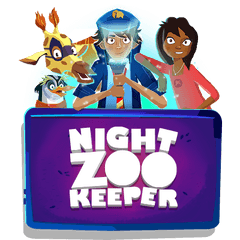
Make Reading & Writing Fantastically Fun!
- Award-winning reading & writing program for kids
- Improves spelling, grammar, punctuation & vocabulary
- Over 1,000 different learning games and activities


How Creative Writing Can Help Children with Anxiety
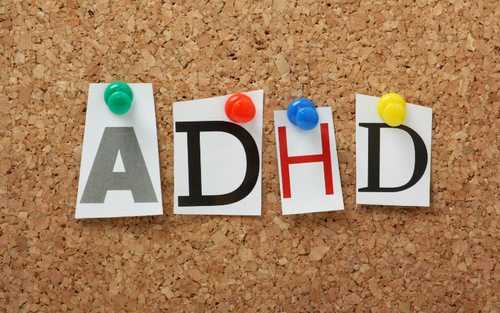

How Night Zookeeper has Helped Children with ADHD


Why Gamification Helps Children with Special Educational Needs


